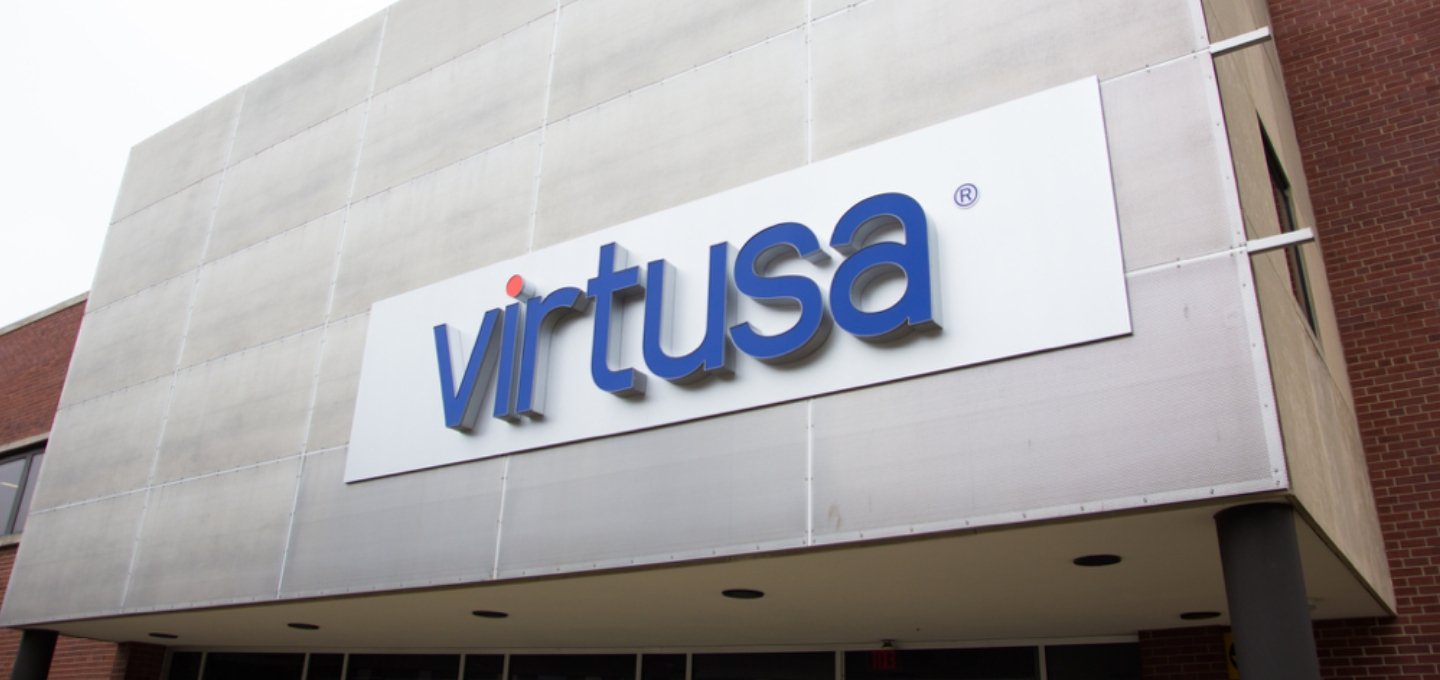Back to the future: Virtusa creates tech trend almanac
Virtusa xLabs, the global consultancy’s digital innovation hub, has identified the top 10 tech trends likely to impact business within the next five years. Alongside areas such as blockchain and AI, the future will see ‘emotional quotients’, ‘engineered empathy’, and ‘transcendent realities’, among others, hit businesses hard. The Trend Almanac details each of these evolutions, taking into account both the human and tech perspectives to help businesses prepare for the incoming wave of digital disruption and know where best to invest.
“The Almanac – inspired by Marty McFly and co. – offers a view into the future that can help our clients make informed investment decisions,” said Senthil Ravindran, EVP & Global Head of xLabs. “Our focus at xLabs is wholly on innovation, so it is vital to stay on top of emerging technologies we can experiment within the lab. However, we recognize it’s a huge struggle for businesses to stay on top of the mountain of information available. There are so many reports it’s almost impossible for businesses to find one single point of truth – this is what the Almanac addresses.”
Virtusa analyzed 40 complete reports and then drew out key findings based on 12 top reports from leading sources*, categorized below. While the development of some trends is seen as a virtual certainty, there is far less consensus around others:
- ‘Transcendent Realities’ relates to the blurring of the lines between reality and the digital realm, and the emergence of ‘mixed reality mash-ups’. It was discussed in almost all reports (11 out of 12); we are already seeing holograms in airports and banks, and in the future, it will become even more difficult to decipher virtual from reality.
- Truth Trumps Trust was touched upon by 9 out of 12 of the leading reports. This trend relates to blockchain, but specifically how blockchain will enable businesses to share ‘incontrovertible’ truths amongst one another; potentially negating the need for trust by providing true accountability and transparency.
- The Revolution of the Workspace was a popular topic amongst the tech elite, featuring in 8 out of 12 reports analyzed. The trend relates to the evolving relationship between humans and robots; in a future where our co-workers will be robots, how will this impact HR?
- The Intelligence of Everything is the space where IoT and AI meet; a topic of interest for many of the high minds in tech, reported in 7 out of 12 reports. This trend will see IoT devices becoming truly autonomous, making ‘best in time’ decisions to improve their owner’s health, wealth, and happiness.
- Engineered Empathy crops up in 6 out of the top 12 reports. Here, the report philosophizes about the current state of IT’s emotional quotient (EQ) and questions how machines will start to not only understand human emotion but how they can use this to analyze sentiment and detect fraud.
- Open Everything featured in half of the reports. This isn’t too surprising given Open Banking and PSD2 (Directive on Payment Services 2) have grabbed the headlines, sending a cold chill down the spine of traditional banks that fear their foothold might be loosening as disintermediation creeps in. But the ripple effect will extend much farther than the banking industry alone.
- Computers Have Eyes, Mouths, and Ears focuses on the fact computing is becoming increasingly sensory. 5 of the reports analyzed picked up on this trend, and we are already seeing voice, for example, become a dominant channel with the growth in popularity of Alexa and the like. As we move towards our digital destination of the future, sight, voice, and touch will become increasingly employed in the fight for the consumer.
- Digital Predestination is an interesting topic that predicts we could soon be trapped by our own preferences as we are increasingly presented with content that fits the mold of what machines ‘think’ we like. There has already been a lot of discussion about this in relation to politics and social media creating ‘echo chambers’, but this could extend to every area of digital life, an issue that 5 of the main reports analyzed also picked up on.
- Upgrading Humans relates to digital innovation in healthcare taking place across the globe. Emerging tech is creating an ‘Internet of Patients’, helping to bring relief to a range of conditions, while giving the potential for finding new cures to long-standing illnesses such as cancer. Surprisingly, this was only highlighted in 5 of the 12 reports analyzed in depth.
- No Strings Attached looks at the ‘post-loyalty’ world where consumers hold all the power. Instead of focusing solely on product, businesses will need to foster ongoing relationships that go beyond that – something that 5 out of the 12 reports featured here focus on too.
“These trends show that our relationship with businesses, and each other, are likely to change dramatically in the near future,” Ravindran concludes. “For business, this presents new and exciting ways to engage customers, but it also offers challenges for those that do not act fast enough. While not all these trends will impact every business, and we’re not expecting anyone to invent the flux capacitor any time soon, finding out which trends will impact your business and preparing for the inevitable disruption will be critical to business survival.”
The Almanac also contains tools to help businesses create their own roadmap to innovation, along with successful case studies of each trend from a range of businesses such as KFC and Samsung. To find out more, please click here to download a copy of the report.
Discover more about Virtusa’s innovative company culture.
*The 12 reports were from; McKinsey, Future Laboratory, Gartner, Forrester, Deloitte, PwC, EY, Foresight Factory, Frog, Fjord/Accenture, Fast Co and JWT Future 100.




